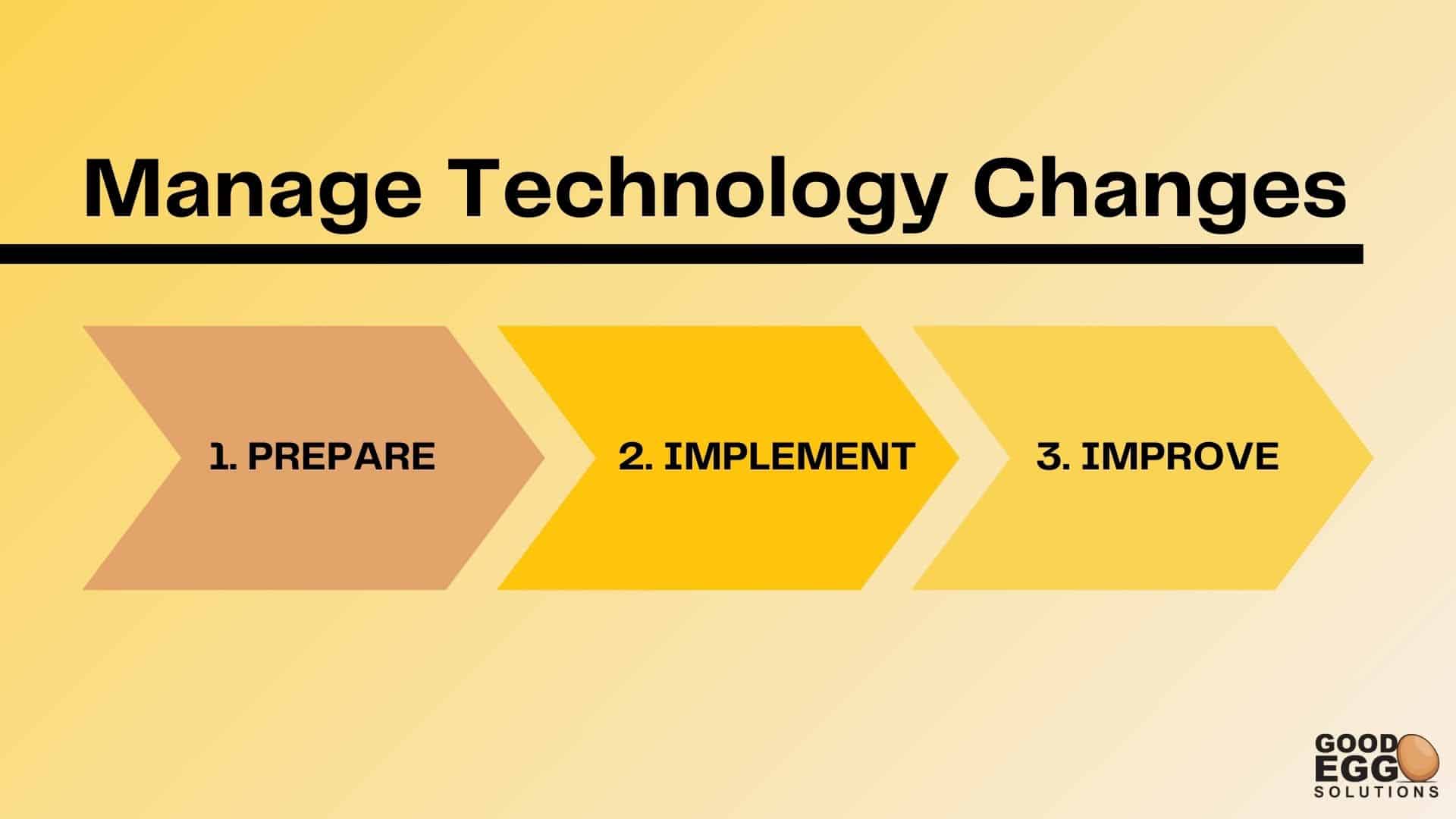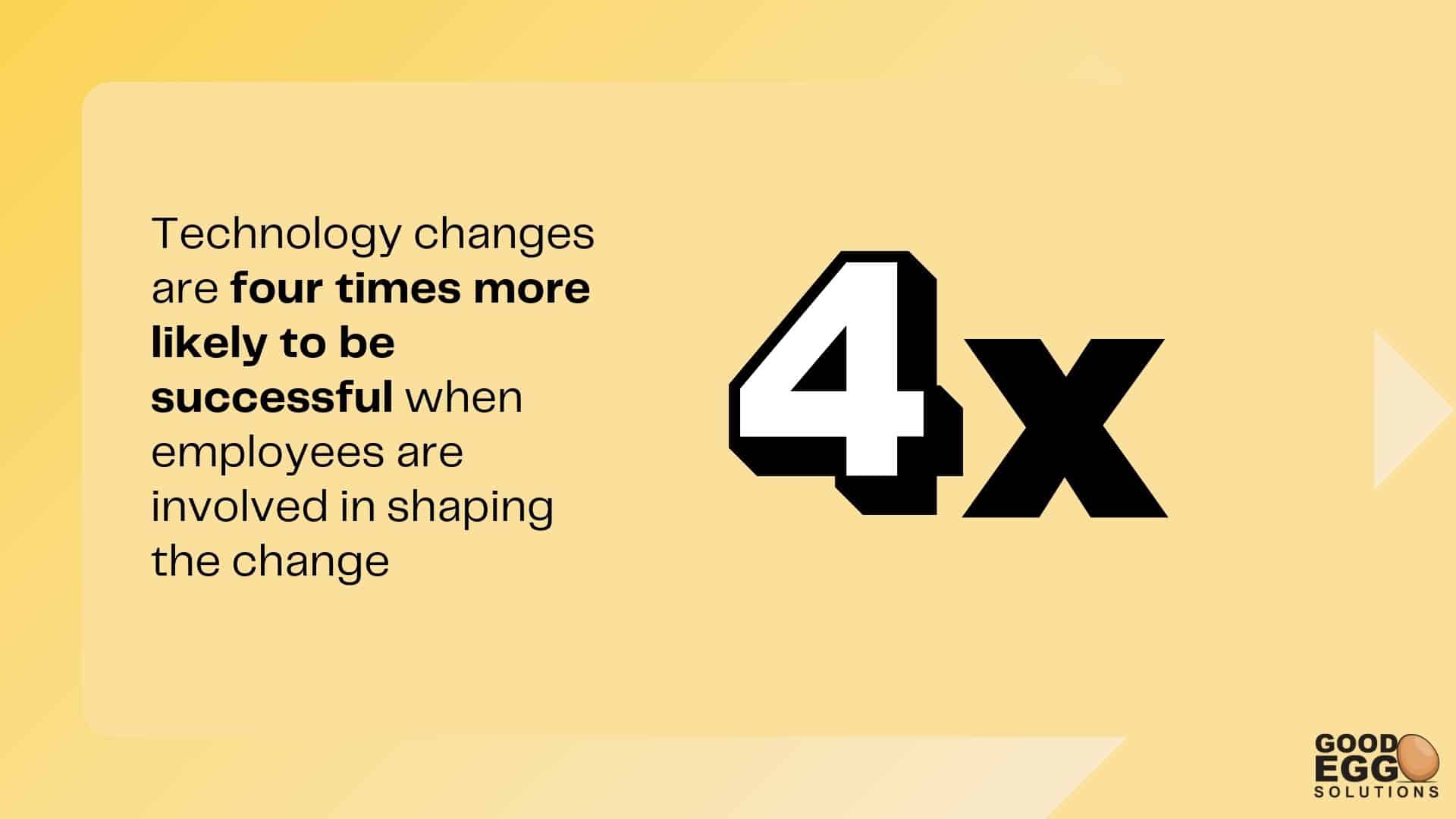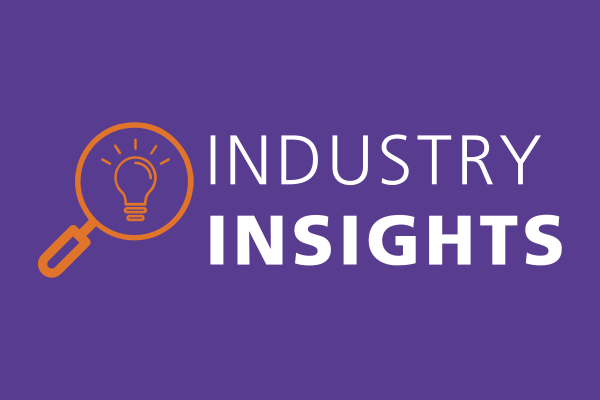“I had to go back to my board twice in one year to ask for more money after our first donor database implementation completely failed to meet our needs. I still get anxious thinking about that conversation.”
“We paid so much for this fancy donor management system, but everyone just keeps using their old spreadsheets instead. Last week I found out our Senior Development Officer has been tracking her relationships in a notebook!”
“We finally got that foundation grant we’ve been chasing, but our team struggles with our current system as it is. How are we supposed to handle double the volume when we can barely keep up now?”
Sound familiar? Every nonprofiteer has worked with technology that promised transformation but delivered frustration. While many organizations end up scrambling through technology changes, you don’t have to.
Is your organization maximizing its relationship management potential?
Take a moment to honestly assess your current situation:
- Staff adoption: Do team members enthusiastically use your technology systems, or are they quietly maintaining shadow spreadsheets, sticky notes, and personal tracking methods?
- Reporting reality: Before your last board meeting, did someone spend hours (or a weekend) manually compiling numbers from multiple sources?
- Mental load: Are you keeping track of what needs to be done for looming grant reporting deadlines in your head?
These challenges aren’t just administrative headaches—they directly impact your supporter relationships and, ultimately, your mission. The good news? They’re solvable with the right approach.
The reality of technology change in nonprofits
After 15 years of guiding organizations through technology transformations, I’ve seen firsthand that even the most powerful tools only deliver value when people actually use them. Research from the Nonprofit Technology Enterprise Network (NTEN) shows that nonprofits typically invest 68 times more in acquiring technology than in ensuring its successful adoption. Meanwhile, according to McKinsey’s Digital Transformation research, nearly 70% of technology initiatives fall short of expectations – and that’s just in the corporate world with dedicated IT teams and abundant resources.
For nonprofits investing precious resources in technology changes, the stakes are even higher and the margin for error is slim. Here are some scenarios I’ve encountered:
- The abandoned implementation: A mid-sized educational nonprofit invests in a donor management system that promises to revolutionize their fundraising. Six months later, only a handful of staff use it—sporadically. Everyone else has quietly reverted to spreadsheets, creating a fractured donor picture that makes donor stewardship nearly impossible.
- The data hostage situation: A grassroots organization realizes their donor information is essentially being held hostage by their Development Director, who maintains relationships in a system no one else can figure out. When that person leaves, they take critical donor knowledge with them.
- The board report scramble: Every month, someone spends an entire weekend manually combining data from different systems to create the donor and program metrics report for the board. This constant scramble is not only unsustainable but also produces inconsistent numbers that erode the board’s confidence.
- The multiple entry nightmare: Staff enter the same information four separate times across multiple systems. This redundancy creates endless opportunities for errors while draining precious staff time.
These scenarios share common roots: implementing technology without adequately preparing teams, failing to optimize processes before adding new tools, and neglecting the human side of change management.
Your roadmap to donor management success: A three-phase approach
Despite these challenges, there is a clear path forward. Successful donor management implementation isn’t about finding the perfect software—it’s about following a structured roadmap that addresses both technological and human elements of change.

This approach centers on three essential phases:
Phase 1: PREPARE – Building ready teams
The most critical work happens before you ever start considering software. This preparation phase lays the foundation for nonprofit CRM success by deeply engaging the people who will use the system.
When a crisis response nonprofit was preparing for their third attempt at implementing a CRM, they took a fundamentally different approach. Instead of beginning with vendor recommendations and demonstrations, they started with their people. They identified everyone who would interact with the system—from their executive director who needed board reports to the front desk volunteer who processed walk-ins.
Through one-on-one conversations, they discovered insights no software requirements document would have captured. Their team maintained shadow spreadsheets because the previous system couldn’t display information in a way that matched their workflow. Program staff avoided entering data because the forms were too cumbersome to complete and they didn’t know where their answers were going. The front desk volunteer kept a paper log because no one had given her database access.
This stakeholder engagement revealed not just technical requirements but the human stories behind them—the daily frustrations, workarounds, and unmet needs that would determine whether their next system would succeed or fail. By building ready teams before selecting technology, they ensured their eventual solution would address real needs rather than assumed ones.
Phase 2: IMPLEMENT – Developing smart processes
Many organizations make a critical mistake: implementing new technology on top of inefficient processes. It’s like painting an inspiring mural in the lobby while the roof in the back office is collapsing. That’s why the implementation phase focuses not just on technology but on optimizing the fundamental ways your organization manages its jobs to be done.
Before touching any software, the crisis response organization mapped their existing workflows. The visual representation was revelatory—they discovered they had four completely different intake processes happening simultaneously, each collecting different donor information and storing it in different locations. Even more surprising, their Director of Administration wasn’t even aware of two of these processes.
With these insights, they redesigned their core data management processes before starting down the road with their new system. They standardized data collection, eliminated redundant steps, and created clear handoffs between departments. When they finally implemented their new CRM system, they had the know-how to get it set up to support their workflows—not dictate them.
Phase 3: MANAGE – Creating lasting impact
Technology implementations often succeed initially but falter over time as enthusiasm wanes and old habits reassert themselves. That’s why the third phase of the roadmap focuses on ensuring long-term adoption and measurable mission impact.
The most successful organizations build sustainability into the process from the start. They go beyond one-time training and create lightweight support structures that scale. Internal enthusiasts are given space to support peers. New hires get simple, task-based guides. Regular knowledge-sharing—whether through lunch-and-learns, a Q&A Slack or Teams thread, or incorporated in existing team check-ins—keeps learning continuous without feeling heavy.
And most importantly, they connect the system to real-world results. When folks see that stronger data helped reduce response time or improve donor retention, the system becomes something that gives them time and clarity—not something that takes it away. Manual reporting drops. Grant applications get easier. People stop chasing information and start focusing on what matters most.
Sustainable change doesn’t have to be overwhelming. With smart design and a focus on people, it can free your team up to do their best work.
Measurable results that matter
The transformation at this crisis response nonprofit went beyond faster response times. By investing in stakeholder engagement, process design, and thoughtful change management, they achieved outcomes that directly advanced their mission:
- Critical administrative response time dropped from over 20 hours to under 30 minutes
- Funder reporting improved, unlocking new resources to support both technology and implementation
- Workflows were streamlined, reducing manual tasks and freeing time to focus on higher-value work
- Staff engagement increased as tools became easier to use and clearly connected to impact
These results weren’t the product of a massive investment—they were the result of doing the right work in the right order: engaging people, aligning processes, and managing change intentionally.
For nonprofits navigating similar transitions, this story offers a key lesson: sustainable technology adoption doesn’t require perfection—it requires a commitment to bringing your people along and tying your systems to the work that matters most.
Your path to relationship management success
Whether you’re rolling out your first donor system or cleaning up after a CRM that didn’t stick, these four steps will help guide your path forward:
1. Assess your organization’s readiness
Before anything else, evaluate whether your team, timing, and workflows are aligned for change. Resources like this Tech Project Readiness Diagnostic can help organizations uncover the hidden risks and opportunities that make or break tech projects—from leadership buy-in to workload realities.
2. Engage the team to improve how work gets done
Don’t just digitize your current pain points. McKinsey research shows that projects are four times more likely to succeed when employees are engaged in shaping the change. So lean on your team to help map your existing fundraising processes: How are donations processed? How are thank-you letters generated? Where do you hunt for data for reports?

3. Develop sustainable and efficient processes
Once you understand your current state, define what nonprofit CRM success looks like. Is it faster gift processing? Higher donor retention? More reliable board reports? Thinking about your jobs to be done will ensure your technology supports your mission instead of complicating it.
4. Lead this change with intentionality
Change doesn’t stick without communication, training, and reinforcement. Plan how you’ll support your team through the transition: who needs training, how progress will be shared, and how feedback will be incorporated.
Technology change is never just about tools—it’s about the people and processes they’re meant to support. And when staff are engaged, the benefits extend beyond efficiency. Research shows that higher staff engagement is linked to significantly lower burnout and turnover—critical outcomes for mission-driven teams often stretched thin. By building systems that work for their people, this organization not only improved service delivery, but also created a more sustainable work environment.
While some organizations have internal capacity to lead tech transitions, many benefit from outside support to bring objectivity, experience, and structure to the process. If your team is preparing for a system change—or still feeling the effects of a past one—frameworks like this readiness diagnostic can surface hidden risks and guide smarter implementation decisions.
By approaching technology implementation as an opportunity to build capacity, not just deploy software, nonprofit leaders can position their teams for long-term success—and spend more time advancing the mission they came to serve.
How do you approach nonprofit CRM success? Let us know in the comments.
The post Your Roadmap For CRM/DRM Success: Prepare, Manage, And Sustain The Change appeared first on Bloomerang.

